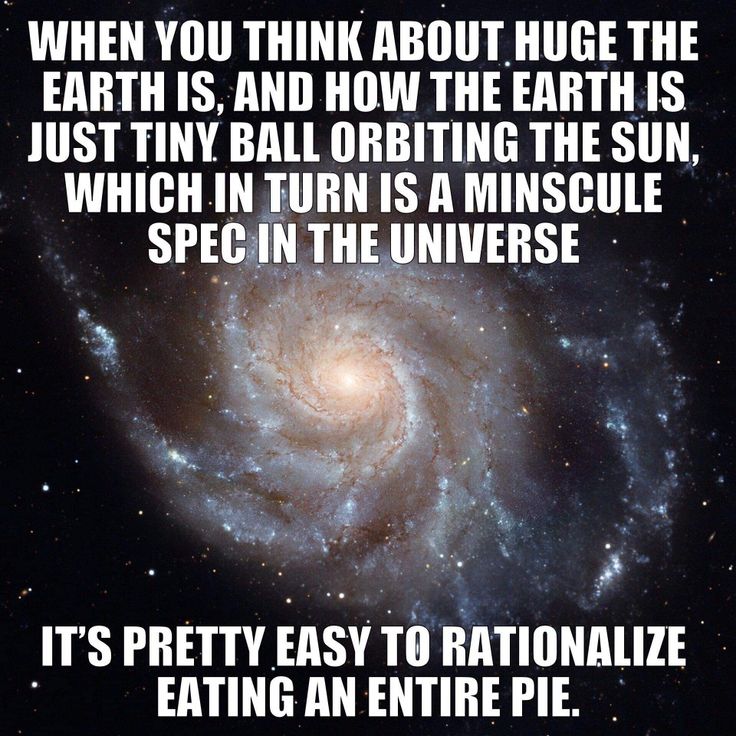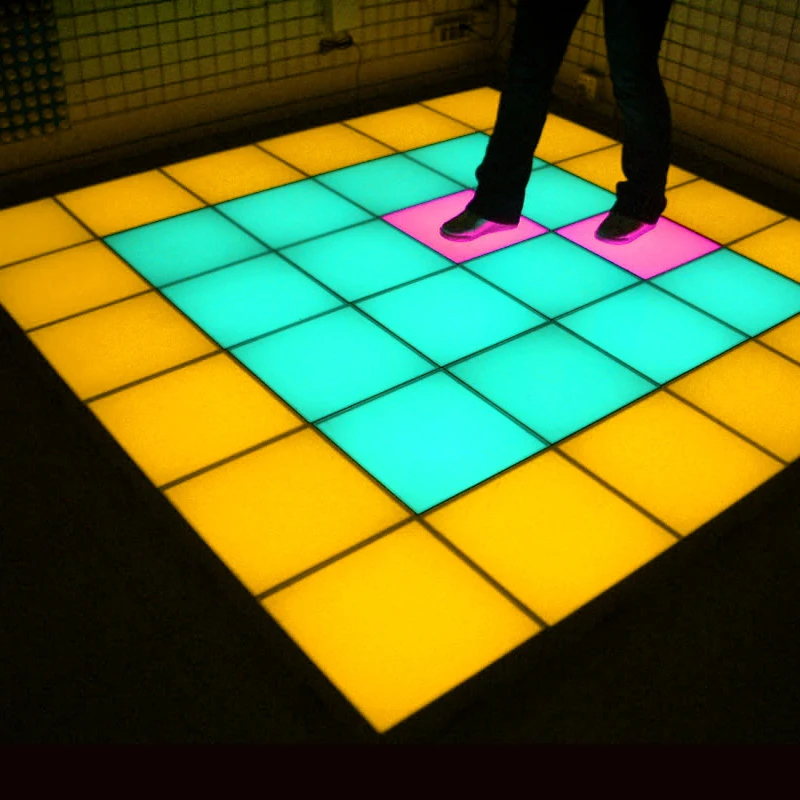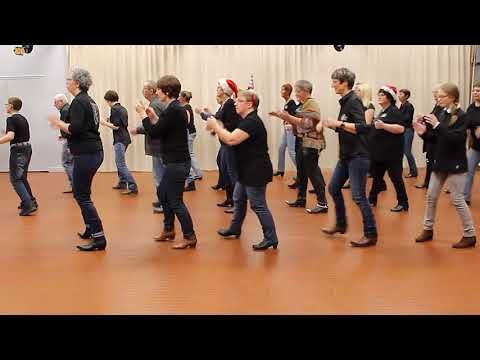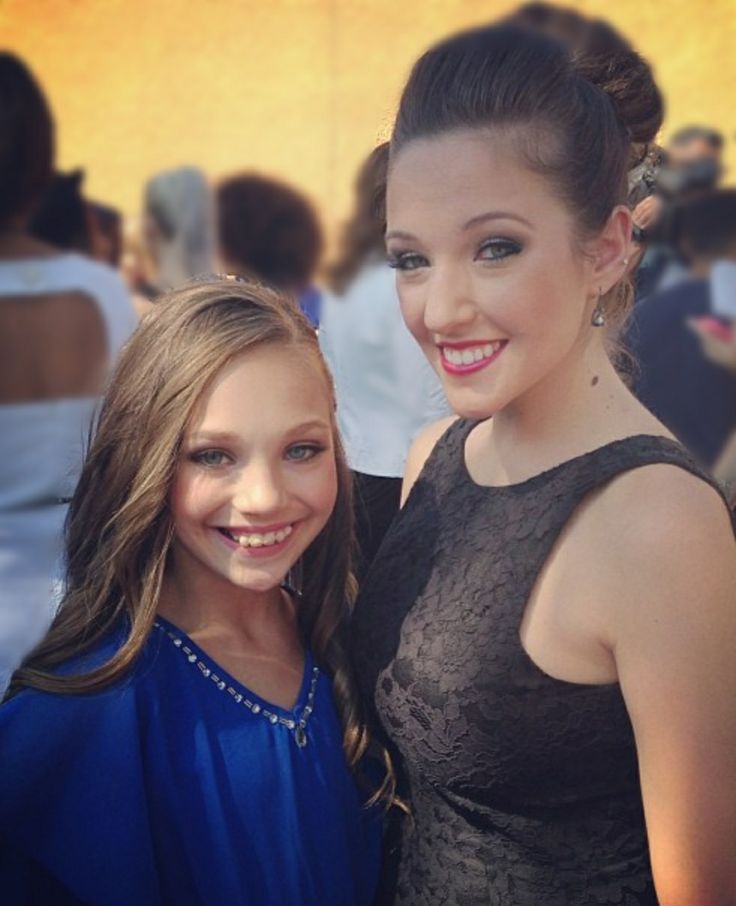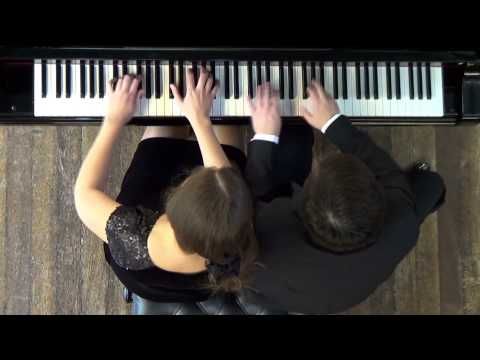How can we dance while the earth is turning
How can we dance while the earth is turning?
I’ve been taking more baths lately. I retire to the tub with a couple of books and my iPad and I try to focus on the former and ignore social media on the latter.
It’s getting harder and harder, but I try.
As I am typing this, we are waking up to Pentecost Sunday in an America ravaged by the twin plagues of COVID and police violence. Last night, cities were on fire. Chicago, my beloved home, was on fire.
How do we find the space to create something new in a world like this? What is the point?
As I am typing this, the bath is filling up again. I am going to retreat for a while, from my family, from my anxieties, from [gestures wildly] all of this. I am going to look for some balance in my body, and in my soul.
I recognize this is a great privilege.
I started taking more baths when the shelter-in-place orders went out for the city. At first, it seemed decadent. Later, as my body erupted with new and unexpected aches, it seemed more like a necessity.
Today, I think it’s an escape.
I heard somewhere that Douglas Adams, author of my favorite mis-labeled trilogy, The Hitch-Hiker’s Guide to the Galaxy, took a lot of baths. He used it as a means of coping with his constant and gnawing writers block. That makes native sense to me. A bath is the most wonderful of beards - it is a completely private rejuvenation that benefits from the cover of being a means of personal hygiene.
Nobody can blame you for just wanting to be a little more clean.
The voices in my head tell me that the time I take to write and do other creative activities is inherently selfish.
For many years, that voice kept me from doing those things. I believed it was more noble to leave projects unfinished, rather than take the space and time away from pedestrian activities to get them finished.
The selfishness of the creative act is balanced against the selfless aspects of it. The world needs ideas. The world needs beauty. Especially now.
So I have had that Midnight Oil song in my head all day. The only one that really made a dent here in the states: Beds are Burning. I don’t even like the song, if I’m honest. But today, I think it asks the right questions.
How can we dance while our earth is turning?
How can we sleep while our beds are burning?
We are waking up to centuries of unfinished business. We are waking up to the illusions that the institutions—like the police and the government—that some of us thought were there to protect all of us, were in fact only there to protect a very few of us.
We are waking up to a world of pain and disruption. It’s devastating.
I am not a morning person, and waking up is hard. But here we are.
So we are waking up to the need to create something new. Something different.
We are waking up to the need to create something that will engage and uplift more of us, all of us.
I don’t know what it looks like, but I know a part of it is in me, and in you, and in them—near the surface, or deep down.
We need to dig, and believe, and create.
We feel blocked. We don’t know where to start. We feel tired.
We take a bath. We restore. We begin again.
Despite all evidence, we begin again.
Breathe. Bathe.
Build.
Build again.
And when you build, build strong.
Midnight Oil – “Beds Are Burning”
jfwoods Leave a comment“Beds are burning” by Midnight Oil is a political song which raises the issue of aboriginal land rights. Peter Garret, lead singer of Midnight Oil and political activist, sings the “Beds are burning” in such a way, so that connects with fellow Australians. To engage the audience, Garret uses a considerable number of metaphors, sings with a slightly frustrated tone, and performs abstract (to say the least) dance moves. He uses this frustrated tone to evoke frustrated emotions within the audience in the hope that they too will become frustrated at the unjust displacement of Australian aboriginals after white settlement.
Out where the river broke
The bloodwood and the desert oak
Holden wrecks and boiling diesels
Steam in forty five degrees
The first verse is setting the visual scene for the song, the scene being a typical Australian outback scene. The inclusion of Australian references (“Holden wrecks”, “desert oak”) draws attention from the Australian audience.
The time has come
To say fair’s fair
To pay the rent
To pay our share
The time has come
A fact’s a fact
It belongs to them
Let’s give it back
In the second verse there is an immediate sense of injustice, the sentences are short, and to the point.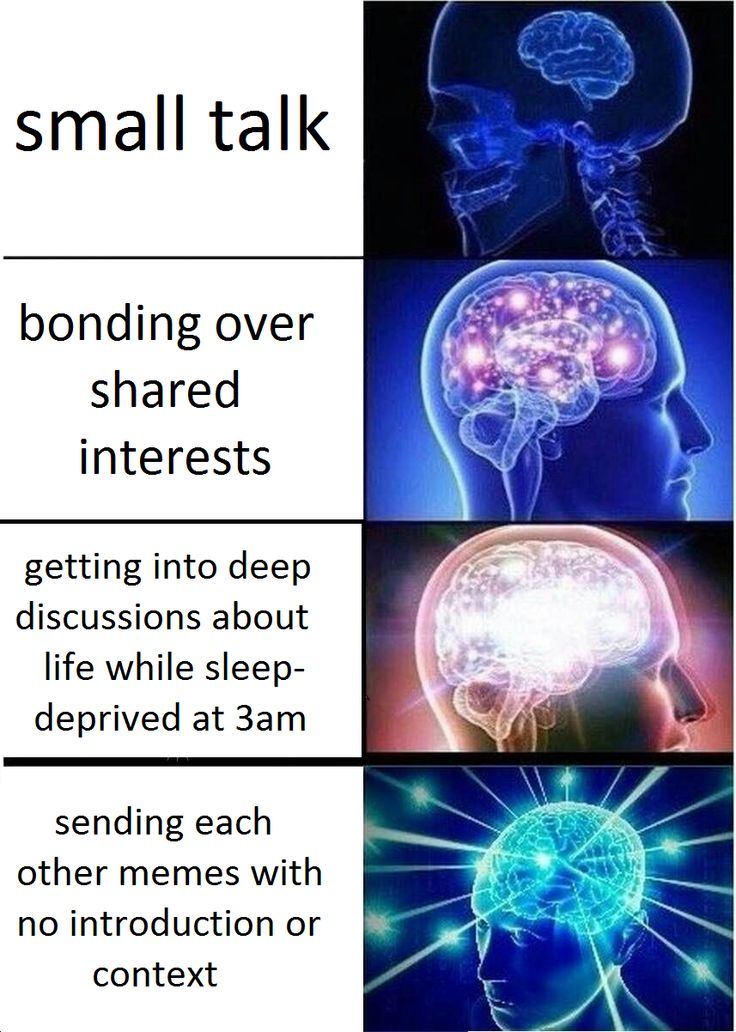 “The time has come” inclining that action is required immediately. “To say fairs fair” to admit that the displacement of Australian aboriginals is unjust. “To pay the rent” Australian society needs to accept the fact that Australian aboriginals are the original owners of this land, and we are not respecting their rights.
“The time has come” inclining that action is required immediately. “To say fairs fair” to admit that the displacement of Australian aboriginals is unjust. “To pay the rent” Australian society needs to accept the fact that Australian aboriginals are the original owners of this land, and we are not respecting their rights.
How can we dance
When our earth is turning
How do we sleep
While our beds are burning
How can we dance
When our earth is turning
How do we sleep
While our beds are burning
The use of metaphors is strong in the chorus, and the song as a whole. The metaphor “How can we dance when our earth is turning?” is implying how can we enjoy our life when the earth is changing so rapidly. “How can we sleep when our beds are burning?” this metaphorically suggest that we are able to sleep and ignore our problems when there is a major issue affecting ourselves personally and society as a whole.
The time has come
To say fair’s fair
To pay the rent
Now to pay our share
Compared to I was only 19, beds are burning includes more metaphors than straight down the line descriptive scenes, perhaps this is because it is more of a political song, and the issue of aboriginal land rights is more of a subjective issue for Australian society generally compared to the Vietnam war.
Four wheels scare the cockatoos
From Kintore East to Yuendemu
The western desert lives and breathes
In forty five degrees
This verse not only brings up aboriginal place names, “Kintore East to Yuendemu”, but as the verse is less metaphorical, gives the audience time to mentally digest the complex metaphors mentioned previously. The mention of the iconic Australian cockatoo bird reinforces the geographical referance
The time has come
To say fair’s fair
To pay the rent
To pay our share
The time has come
A fact’s a fact
It belongs to them
Let’s give it back
The repetition of verses is a common technique in this song, perhaps Garret is able to repeat his verses so often in this song because he is trying to communicate in a simple way to the audience.
How can we dance
When our earth is turning
How do we sleep
While our beds are burning
How can we dance
When our earth is turning
How do we sleep
While our beds are burning
This verse is repeated heavily throughout the song, the repetition increases its emphasis, and also gives the audience time to understand the metaphor. Understated metaphors are very typical of Australian outback songs, and their recognition helps Australian readers relate to the subject matter or ideas.
The time has come
To say fair’s fair
To pay the rent now
To pay our share
The time has come
A fact’s a fact
It belongs to them
We’re gonna give it back
“a facts a fact”, “we’re gonna give it back” these short sentences seem more of an order rather than a suggestion, making it evident that Garret is desperate for change, to further this point, the song and this verse in particular is sung in a demanding tone.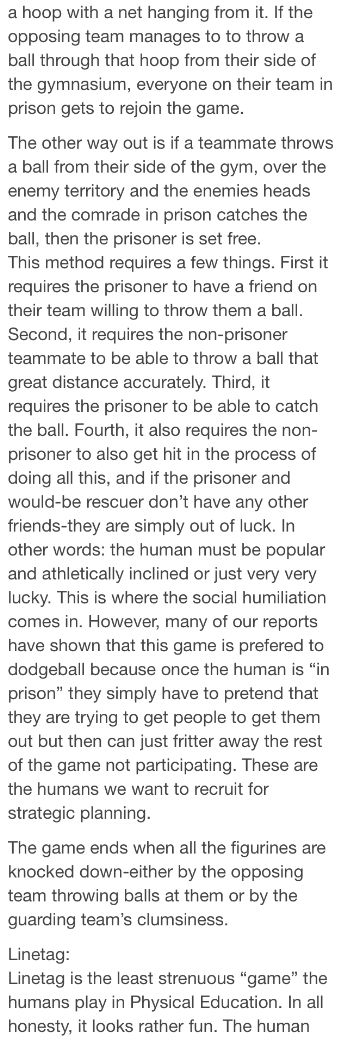
How can we dance
When our earth is turning
How do we sleep
While our beds are burning
The song finishes on this verse to further solidify the metaphor in the audience. The constant repetition of the three key metaphors of the dancing natives, the turning earth, and the burning beds, help us as listeners to identify with the loss of a significant part of our national heritage. There is a sense of loss particularly reflected in the burning beds which captures the attention of people who haven’t thought about these ideas before, in a similar way to the personal lament captured in “I was only 19”.
Like this:
Like Loading...
Standard
Midnight Oil - Beds Are Burning Lyrics
Beds Are Burning
Out where the river broke has come
To say fair's fair
To pay the rent
To pay our share
The time has come
A fact's a fact
It belongs to them
Let's give it back
How can we dance when our earth is turning
How do we sleep while our beds are burning
How can we dance when our earth is turning
How do we sleep while our beds are burning
The time has come
To say fair's fair
To pay the rent, now
To pay our share
Four wheels scare the cockatoos
From Kintore East to Yuendemu
The western desert lives and breathes
In forty five degrees
The time has come
To say fair's fair
To pay the rent
To pay our share
The time has come
A fact's a fact belongs to them
Let's give it back
How can we dance when our earth is turning
How do we sleep while our beds are burning
How can we dance when our earth is turning
How do we sleep while our beds are burning
The time has come
To say fair's fair
To pay the rent, now
To pay our share
The time has come
A fact's a fact
It belongs to them
We're gonna give it back
How can we dance when our earth is turning
How do we sleep while our beds are burning
The beds are smoking
From where the river broke
Bloodwood and desert oak
Holden wrecks and boiling diesels
Steam at forty-five degrees
The time has come
To say fair FAIR
To pay the rent
To pay our share
The time has come
Fact fact
He belongs to them
Let's give it back
How can we dance When our earth is spinning
How do we sleep while our beds are on fire
How can we dance When our earth is spinning
How do we sleep while our beds are on fire
The time has come
To say fair FAIR
To pay the rent, now
To pay your share
Four wheels scare away the cockatoo
From Kintore East Yuendemu
In the western desert life and breathes
Through forty-five degrees
The time has come
To say fair FAIR
To pay rent
To pay our share
The time has come
Fact fact
He belongs to them
Let's give it back
How can we dance When our earth is spinning
How do we sleep while our beds are burning
How can we dance When our earth is spinning
How we sleep while our beds are burning
The time has come
To say fair FAIR
To pay the rent, now
To pay our share
The time has come
Fact fact
He belongs to them
We're going to bring him back
How can we dance When our earth is spinning
How do we sleep while our beds are burning
This page contains the translation of the song "Beds Are Burning" by the artist Midnight Oil. In Russian, the song sounds like "The beds are smoking". For your convenience, we have arranged the text in two columns: on the left are the lyrics of the song "Midnight Oil - Beds Are Burning" in English, on the right is the translation of the song "Beds Are Burning" in Russian.
In Russian, the song sounds like "The beds are smoking". For your convenience, we have arranged the text in two columns: on the left are the lyrics of the song "Midnight Oil - Beds Are Burning" in English, on the right is the translation of the song "Beds Are Burning" in Russian.
How does the Earth move in space? Now we know it on all scales / Habr
On the largest scales, not only the Earth and the Sun move, but the entire Galaxy and the Local Group of galaxies [hereinafter referred to as the Local Group], since the invisible forces of attraction in intergalactic space must add up. Ask a scientist for our cosmic address and you'll get a fairly complete answer. We are on the planet Earth, which rotates around its axis and around the Sun. The Sun rotates in an elliptical path around the center of the Milky Way, which, within our Local Group, is pulled towards Andromeda; The Local Group, in turn, moves within our cosmic Laniakea Supercluster, galactic groups, clusters and cosmic voids, and they lie in the KBC void, in the middle of the structure of the Universe on a large scale. After decades of research, science has finally gathered a complete picture of this movement and can accurately determine the speed of our movement through space on any scale.
After decades of research, science has finally gathered a complete picture of this movement and can accurately determine the speed of our movement through space on any scale.
Within the solar system, the Earth's rotation plays an important role in the formation of the equatorial thickening, in the change of day and night, and also helps to feed the magnetic field that protects us from cosmic rays and the solar wind.
Most likely, while reading this, you perceive yourself as immobile. Nevertheless, we know that on a cosmic scale we are moving. First, the Earth rotates on its axis and carries us through space at almost 1,700 km/h relative to someone at the equator. This number may seem large, but compared to other speeds of our movement in the Universe, this speed is barely noticeable. Actually in kilometers per second it's not that fast. Rotating around its axis, the Earth tells us a speed of only 0.5 km / s, or less than 0.001% of the speed of light. But there are other movements, and they [in terms of speed] are more important.
Like all the planets of our solar system, the Earth moves in the orbit of the Sun much faster than the speed of rotation around its axis. To stay in a stable orbit, we must move to the right and at a speed of about 30 km/s. The inner planets, Mercury and Venus, move faster, while the outer ones (like Mars and the planets beyond) move slower. Rotating in the plane of the solar system, the planets continuously change the direction of their movement, and the Earth returns to its starting point after 365 days. Okay, almost to the starting point.
Accurate model of planetary motion in the orbit of the Sun, which moves through the Galaxy in a different direction. Even the Sun itself is not static. The Milky Way is huge, massive, and most importantly, it's moving. All the stars, planets, gas clouds, dust grains, black holes, dark matter and more move inside the Milky Way and contribute to the gravitational network.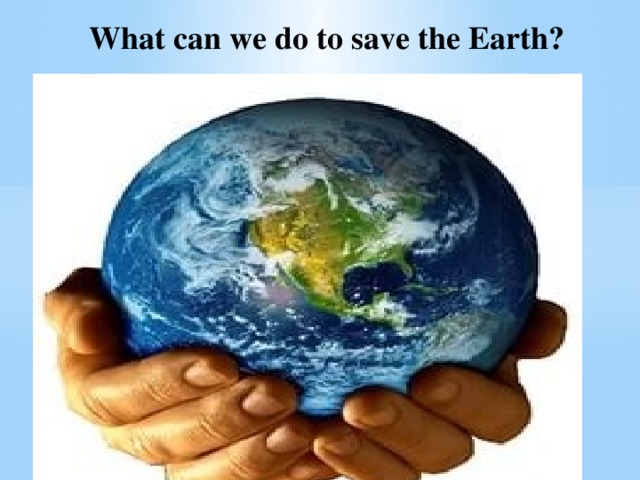 From our point of view, and we are about 25,000 light-years from the center of the Galaxy, the Sun rotates in an ellipse and completes a revolution every 220-250 million years or so.
From our point of view, and we are about 25,000 light-years from the center of the Galaxy, the Sun rotates in an ellipse and completes a revolution every 220-250 million years or so.
It is assumed that the speed of our Sun on this trajectory is 200-220 km / s, which is quite a lot compared to both the speed of rotation of the Earth and the speed of rotation of our planet around the Sun, while both rotations are tilted relative to the plane of motion of our star around the galaxy.
Although the orbits of the Sun in the plane of the Milky Way are about 25,000 to 27,000 light-years from the center, the orbital directions of the planets in our solar system are not at all aligned with the Galaxy. But the Galaxy itself is not stationary, it moves due to the gravitational attraction of all clumps of superdense matter and, equally, due to the absence of gravitational attraction from regions with a density below average. Within our Local Group, we can measure our speed towards the largest, most massive galaxy in our cosmic backyard: Andromeda.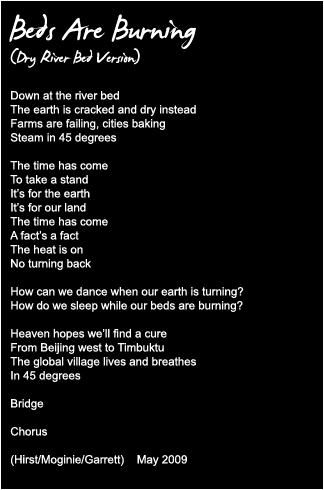 It appears to be moving towards our Sun at a speed of 301 km/s, which means (given the movement of the Sun in the Milky Way) that the two most massive galaxies in the Local Group, Andromeda and the Milky Way, are moving towards each other at a speed of about 109km/s.
It appears to be moving towards our Sun at a speed of 301 km/s, which means (given the movement of the Sun in the Milky Way) that the two most massive galaxies in the Local Group, Andromeda and the Milky Way, are moving towards each other at a speed of about 109km/s.
The local group, however massive it may be, is not completely isolated. Other galaxies and clusters of galaxies nearby pull us in, and even more distant clumps of matter have a gravitational effect on the Earth. Based on what we can see, measure and calculate, these structures appear to be the cause of an extra speed of about 300 km/s, but in a slightly different direction than the other speeds combined. And that explains some of the movement in the universe on a large scale, but not all of the movement. In addition, there is another important effect that has only recently been quantitatively calculated - the gravitational repulsion of cosmic voids.
In addition, there is another important effect that has only recently been quantitatively calculated - the gravitational repulsion of cosmic voids.
For every atom or particle of matter in the universe that gathers in a superdense region, there is a region of once medium density that has lost a corresponding amount of mass. In the same way that an area denser than average attracts, an area whose density is below average will attract with a force below average.
If we take a large area of space with a smaller than average amount of matter, in practice its strength will repel, and its density above average, on the contrary, will attract. In our Universe, in the opposite direction from the nearest region of superdensity, there is a huge void with a density below the average.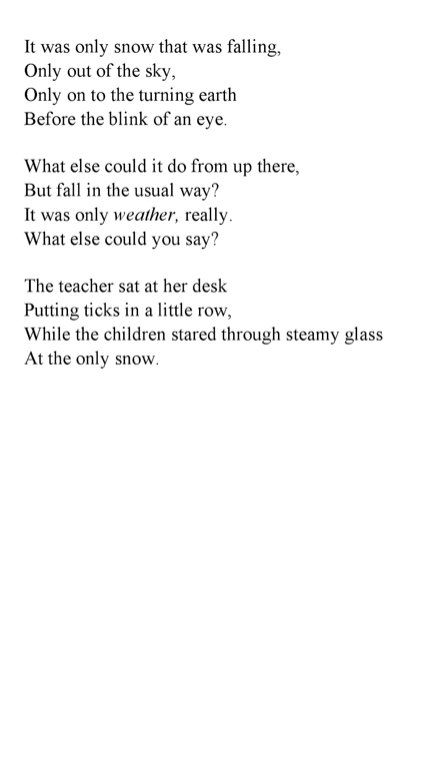 We are between these two areas, so the forces of attraction and repulsion add up, with each of them contributing to the speed of about 300 km / s, that is, the total speed is approaching 600 km / s.
We are between these two areas, so the forces of attraction and repulsion add up, with each of them contributing to the speed of about 300 km / s, that is, the total speed is approaching 600 km / s.
Putting all these movements together: the rotation of the Earth around its axis, its rotation around the Sun, the movement of the Sun through the Galaxy, which is heading towards the Andromeda Nebula, the movement of the Local Group, which is attracted to the region of superdensity and repelled from regions with a density below average, we get a number, indicating how fast we are actually moving in the universe, at any given time.
We have found that the Earth is moving at a speed of 360 km/s in a certain direction plus or minus about 30 km/h depending on the season and direction. The conclusions about the speed of the Earth are confirmed by the relict radiation, which manifests itself better in the direction of the planet's motion, and weakens in the opposite direction.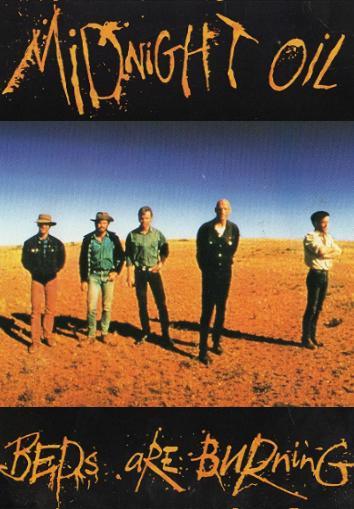
If we ignore the movement of the Earth, we find that the Sun is moving relative to the CMB at a speed of 368 ± 2 kilometers, then, if we neglect the movement of the Local Group, it turns out that the Milky Way, Andromeda, the Triangulum Galaxy and all the others are moving at a speed of 622 relative to the CMB ± 22 km. This great uncertainty, by the way, is mainly due to the uncertainty in the movement of the Sun around the center of the Galaxy, this is the most difficult component in terms of measurement.
The relative attractive and repulsive effects of the overdense and underdense regions of the Milky Way, the combination of which is known as the Dipole Repulsor. Perhaps there is no universal reference system, but there is a system in which measurements are useful: the reference from the rest of the CMB is useful, and this reference point also coincides with the reference frame for the distance between galaxies according to the Hubble law.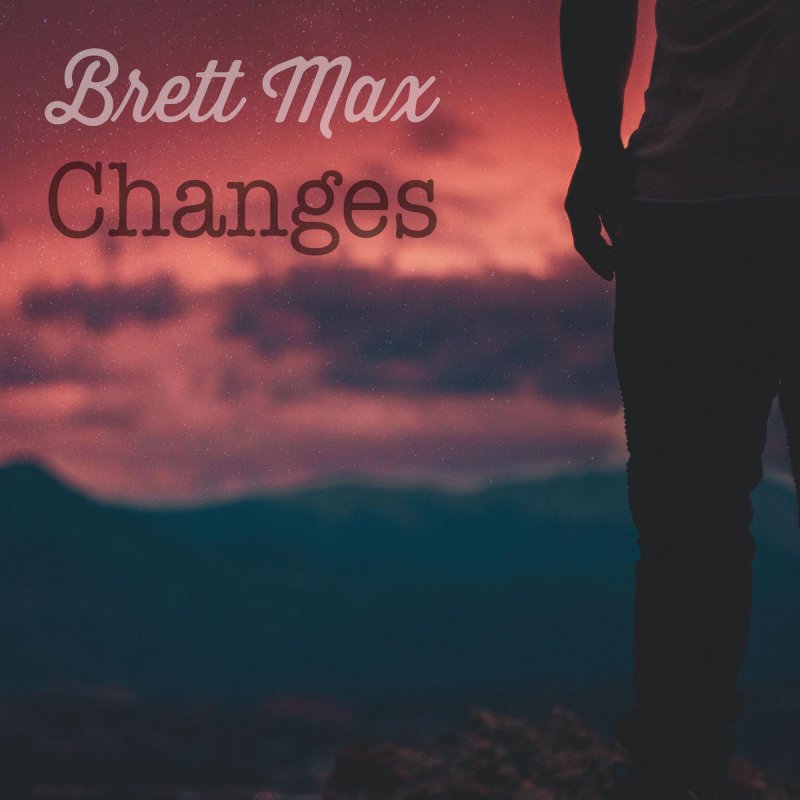 Every visible galaxy has what we call "peculiar speed" (or faster than the speed at which galaxies are receding from each other according to Hubble's law) - from a few hundred to several thousand km / s, and what we see corresponds exactly to this. The peculiar velocity of our Sun, 368 km/s, and that of our Local Group, 627 km/s, is in perfect agreement with our understanding of how all galaxies move through space. Thanks to the dipole repulsion effect, we now understand how this movement occurs, on all scales.
Every visible galaxy has what we call "peculiar speed" (or faster than the speed at which galaxies are receding from each other according to Hubble's law) - from a few hundred to several thousand km / s, and what we see corresponds exactly to this. The peculiar velocity of our Sun, 368 km/s, and that of our Local Group, 627 km/s, is in perfect agreement with our understanding of how all galaxies move through space. Thanks to the dipole repulsion effect, we now understand how this movement occurs, on all scales.
In comprehending the mysteries of space, people definitely cannot do without helpers, and artificial intelligence can become such a companion for us. If AI was originally created to make life on Earth easier, why not use it to explore space? Many companies, including NASA and Google, have already implemented AI to search for new celestial bodies and life on other planets and will always welcome experts in the field of AI and neural networks. To work with which we teach in courses on Machine Learning and its extended version "Machine Learning and Deep Learning".